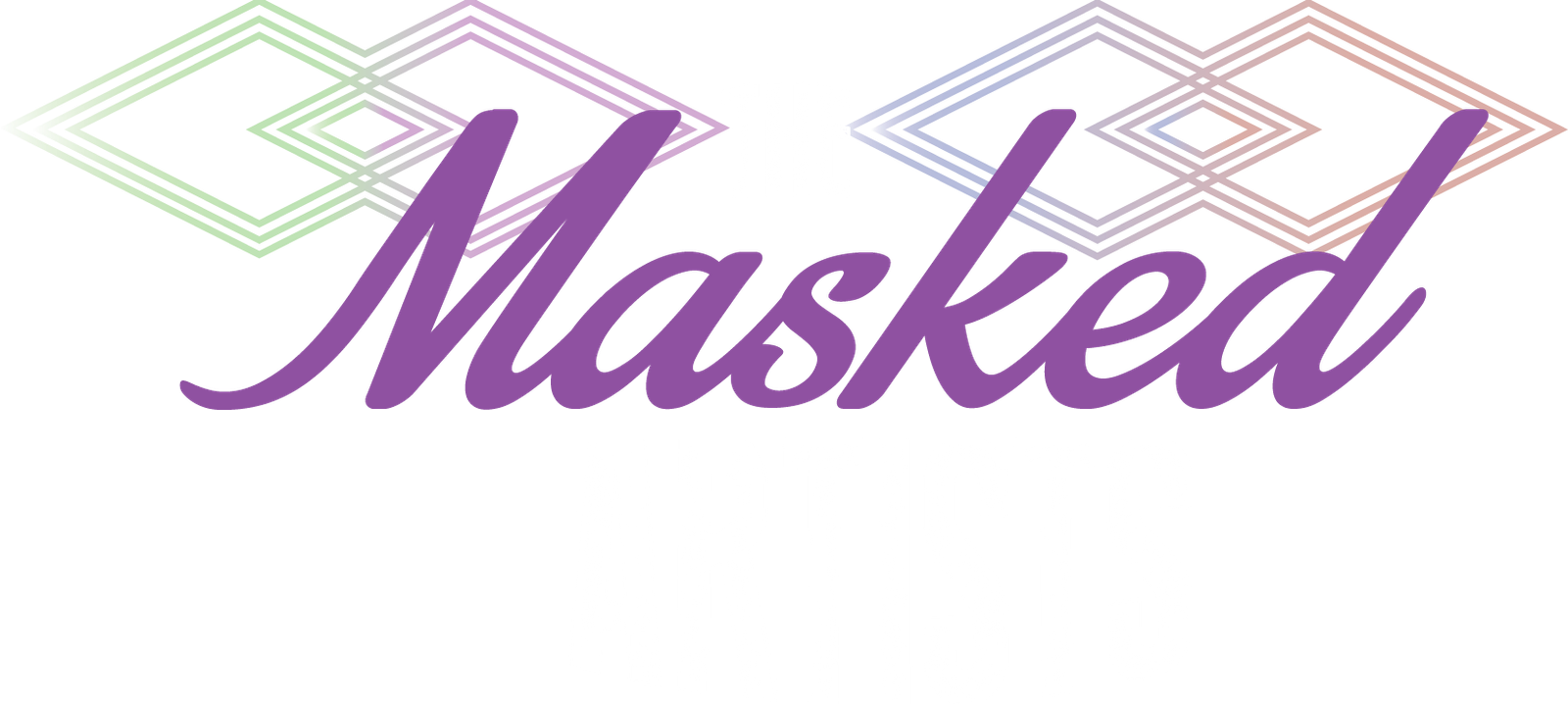
In the last decade, we have seen great advancements in artificial intelligence, enabling machines to recognize images or speech with high accuracy. Thanks to all this progress, we are now at a point where machines can create their own versions of literature, art and music. AI researchers are now looking at how AI can be used to create art autonomously.
How will this impact our society and our perception of art? An artist’s work is a direct expression of their soul—a manifestation of their personality that few can access without an introduction. An AI-created artwork cannot be as personal as one created by a human being, which might make some doubt its artistic value. However, once we get past that understanding, it’s clear that AI-generated artwork has the potential to change humanity’s perception of artistic value in ways we cannot yet imagine.
Now, with only the click of a button and no skill, AI can create masterpieces and beautiful pieces that mimics the true artist, but with no soul or purpose. Will this lead to the demise of real art, or help it to grow?
What is Artificial Intelligence?
Artificial Intelligence, or AI, is the concept of creating machines that can perform tasks that normally require human intelligence. AI is based on the idea that if machines can be programmed to “think” in a way that mimics human thought, then they can learn, solve problems, and accomplish tasks in the same way a human would. AI is a broad term that refers to many subfields of computer science including machine learning, natural language processing, computer vision, and robotics. Like other innovations, AI has the potential to be used ethically or cause harm to humanity. The ways in which AI impacts our lives will depend on how quickly it advances, how we choose to implement it, and how open we are to the potential of AI in general.
Why do we create art?
Art has been a part of human life since the beginning of our species. Cave paintings in Spain and France, dated between 32,000 and 10,000 BC, are believed to be the earliest surviving examples of art in human history. Since then, art’s role in society has been immense. Artists have used their work as a means of expression and communication. Their creativity has also been a source of inspiration for others and a field of research for scientists and psychologists.
Art does not have a set definition that all humans recognize. This means that people’s interpretations of it will differ based on their own perceptions and experiences. The value of art, like many other things in our society, is hard to quantify because it is subjective. This means that the impact of a piece of art on a person’s life might depend on certain factors, like their age or culture, rather than the artwork itself. From this, it’s clear that the quality of an artist’s work will be greatly dependent on the person looking at it.
AI’s potential to change our perception of art
AI’s use in art is still in its early stages and it has yet to be seen whether AI-created artwork will be accepted as genuine by the general public. However, recent developments in this field have been promising. In October 2018, Google’s Creative Lab used AI to create its first ever piece of art. The artwork, named “Primitive”, was made using its experimental AI software, called AutoPainter. AutoPainter uses machine learning to imitate the style of any artist. So, Google’s AI-created artwork was a mix of styles from various artists. Other examples of AI-generated art include an AI program named Painting Fool, which created a portrait of a London woman named Claudia, and an algorithm that generates music based on the style of a selected artist. Using AI to create art can help humans in various ways. For example, an AI program can be programmed to paint a portrait of someone’s loved ones after their death so that the painting will remain with their family. This eliminating the jobs of real artists.
How will AI shape the way we perceive art?
Artificial intelligence’s use in art has the potential to change our perception of artistic value in many ways. Some experts believe that AI-created works of art might become more valuable than art created by humans. This might sound ridiculous and far-fetched, but it’s not impossible. As AI evolves, it’s likely that its creations will become increasingly sophisticated and creative. AI-generated artwork might become more valuable than human-created pieces because it will be cheaper and more accessible. This might change the way we think about art. Art will no longer be associated with creativity or talent. It will be viewed as a product that can be created by a machine and sold for profit. Eliminating the need for true self expression and communication from the true artists of the world.
Conclusion
There’s a lot of debate about whether AI-generated artwork can truly be considered art. While there’s no denying that the technology is impressive, it’s far from reaching the level of sophistication required to be considered “real” art. That said, AI’s use in art is still in its infancy and has great potential to grow. Its use in art might change the way we perceive art, making it more accessible and less exclusive. At the same time, AI-generated art might shift our focus to the creative process, making it more important than the final product.
Only time will tell. Despite this hurdle and devaluation of art, never stop creating, as it is a path to the soul and will give you more insights than any computer ever could.
